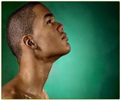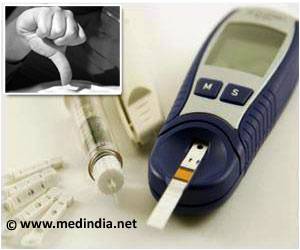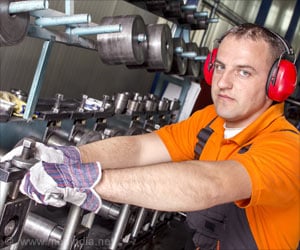A new study concludes that when men and women talk through technology, it's the ladies who are more expressive.
When men and women talk through technology, it's the ladies who are more expressive, that's the conclusion of a new study.
Researchers at Indiana University have found that when men and women text message each other in a public, interactive dating market, it is the women who use more non-standard, expressive language techniques.In the study, Susan Herring and Asta Zelenkauskaite show that while men historically talk more in public settings, when the exchanges occur via text messaging in a public venue - in this case, Italy's real-time interactive music television channel Allmusic - it is the women who push their messages closest to the character-count limit, who use more abbreviations and insertions, and who implement more emotions (like smiling and frowning faces).
"The messages are very flirtatious and have nothing to do with the television show," said Herring, a professor in the IU School of Library and Information Science.
"In the linguistic marketplace there have always been different values associated with standard and non-standard language, and here we have found results that are paradoxical, that are the opposite of the recognized socio-linguistic gender patterns," Herring added.
Women use standard language more than men, in part because it is seen as a type of symbolic currency used to acquire upward mobility, the preponderance of research has shown.
"Women have historically used standard language when they are social aspirers, or want to be perceived as above their station. Men talk more; women are more polite," Herring said.
Advertisement
Expecting findings consistent with past research on gender-patterned public communication, the researchers were predicting men would post more and longer text messages, and that men would also employ more non-standard techniques.
Advertisement
The researchers found that women used more non-standard language such as abbreviations or expressive insertions that represented characteristics including enthusiasm, sadness, emphasis and individuality.
And while women were both more economical and expressive, they also came closer to maxing out, or did max out, on the 160-character message limit more often than their male counterparts.
The study is published in the latest edition of the quarterly journal Written Communication.
Source-ANI
ARU/L









